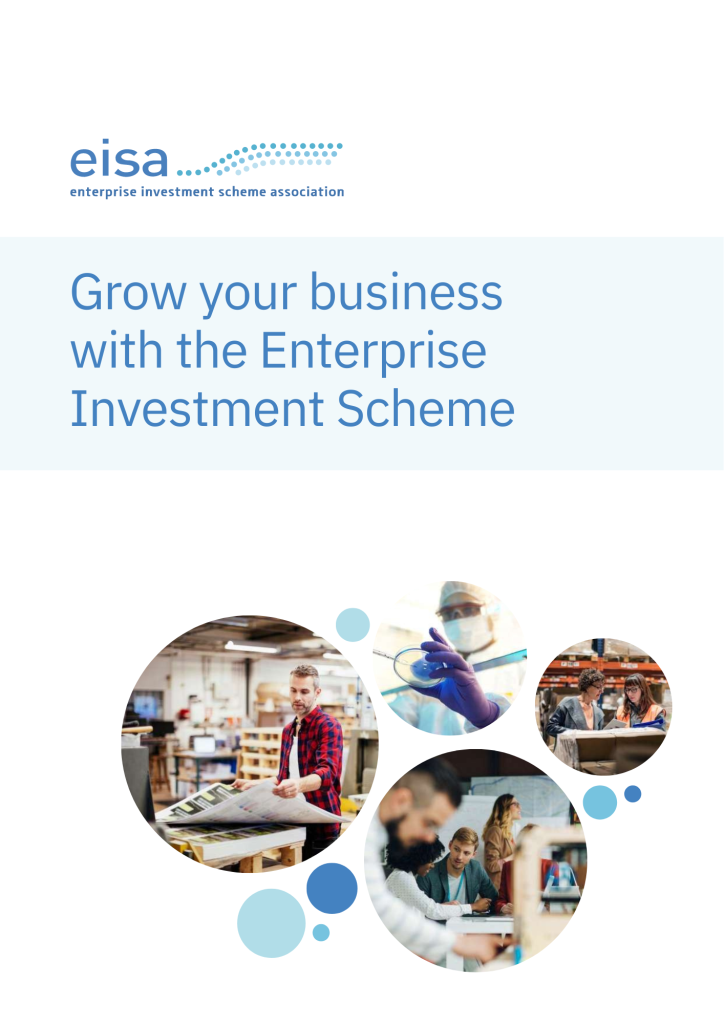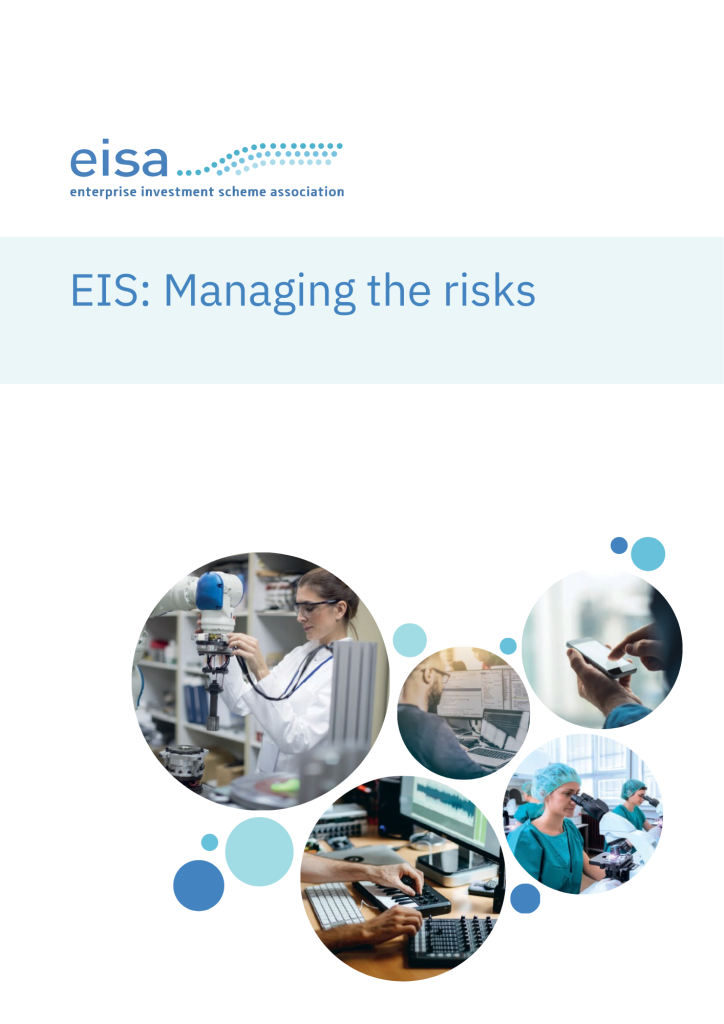On this page you will find a collection of EISA guides. These guides cover a range of topics, helping you to learn more about the Enterprise Investment Scheme and ensure you’re up to date with the latest rules and regulations.

EIS: under the bonnet
EIS and SEIS investing is becoming more and more popular. In this guide, we aim to help investors delve into the detail of these schemes, looking at the component parts that make them tick and illustrate how they work in practice.
This “Under the Bonnet: guide follows the path of an EIS investment, from the initial sourcing of funds from UK tax-paying investors, through the different stages of the investment’s life cycle, to the point when investments are exited. We answer common queries, including:
- How to source EIS-qualifying investments
- How to support an investee company to aid its success
- What happens once you’ve invested
- Planning a route to exit, and
- Questions to ask your EIS manager

Grow your business with the Enterprise Investment Scheme
The Enterprise Investment Scheme (EIS) and Seed Enterprise Investment Scheme (SEIS) are two such options, and this guide has been produced by the EIS Association (EISA) as a quick introduction to the schemes. It explains what they are, how they work and some of the rules associated with them. It is also designed to get business owners thinking about whether EIS or SEIS could be right for them and contains information about taking the next steps towards seeking funding.

EIS: Managing the risks
The Treasury is keen to encourage investors to support enterprise in Britain. But equally, it recognises that an investment in a start-up or SME business carries significant risk to the point where potentially an investor could lose all their initial capital. To compensate for this risk, the Treasury offers investors generous tax reliefs.
